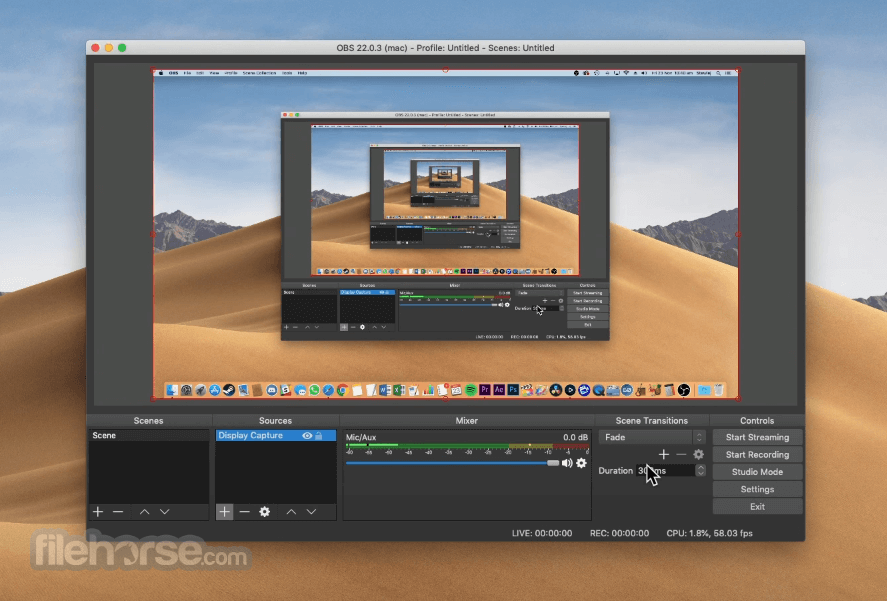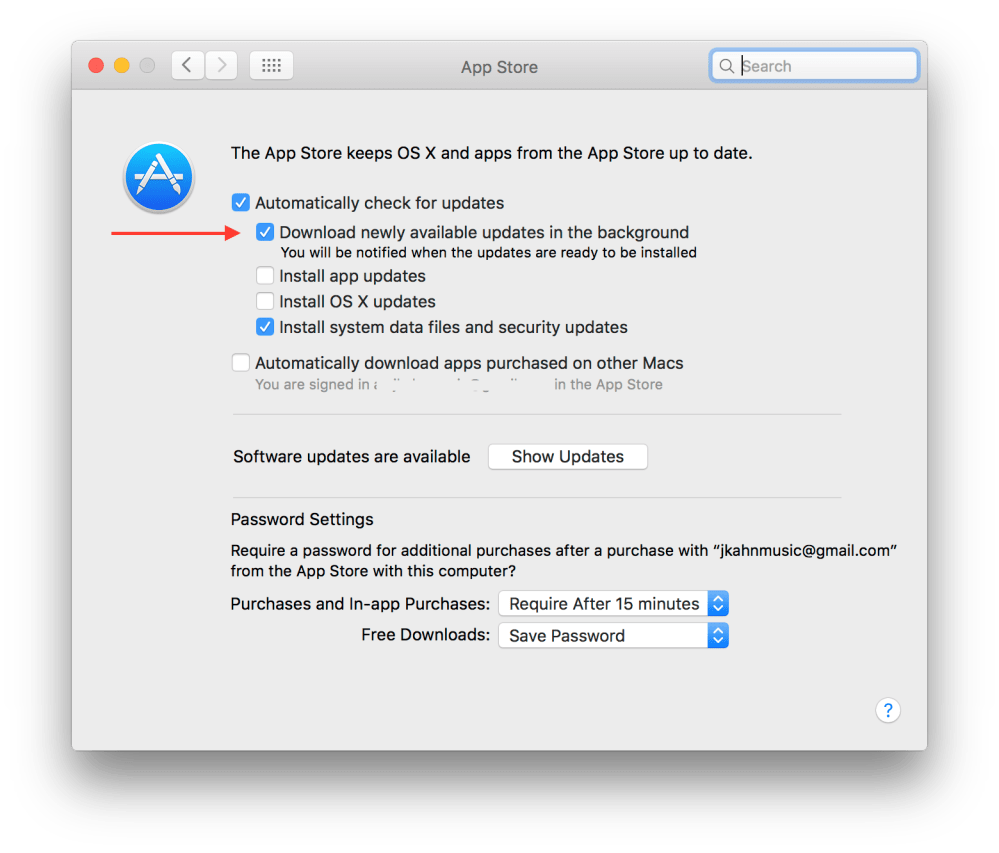If you’re ever in this boat, all you need to do is visit Apple.com’s Software Updates site and you can manually download any of the available software updates as package files; iTunes, Aperature, Mac OS X, firmware updates, security fixes, any update Apple releases is available for download. Right click on your current downloads folder and select 'Properties' then click on 'Locations' and set a new location with more space. (Temp external drive if needed) 0 9327250 over 1 year ago is there any solution for this problem yet?
Increased security
High Sierra is an update of MacOS which focuses mostly on back-end developments and a higher level of user security. As such, this operating system lays a foundation for future upgrades.
Stay safe
In essence, High Sierra took what was good with Sierra and developed it into a more comprehensive software.
Mac Os Update Download Location
High Sierra emphasizes the already-existing benefits of MacOS previous system, Sierra. There are few bells and whistles, but the changes are noticeable and positive. The Apple file system is the most significant feature it brought. It enables the storage and encryption of a large number of files. Thus, it boosts performance and helps manage device memory issues.
Apple also introduced new formats for video and photos in this version. These formats compress data - that’s a benefit as files can get huge with ever-rising resolutions. They added support for virtual reality headsets as well.
Besides that, when it comes to Safari, Mac search engine, there are some notable improvements with the update. The users can now control annoying auto-play videos, prevent tracking, and more. There are also notification controls, and you will experience a boost in performance, too.
The most noticeable changes took place in Apple’s Photo App, though. It went through a total revamp both visually in its interface and terms of tools and functions available. Many other discreet changes happened all over the system.
Where can you run this program?
If you’re running Sierra on your Mac, you will be able to run this one as well.

Is there a better alternative?
Yes. Mojave, the newest version of MacOS, brought even more improved features to the table. However, if you can’t run it on your device, this is the second best.
Our take
High Sierra is not the shiniest upgrade Apple brought, but it’s one that sets the stage for new upgrades to come. Even out of that context, it’s a great operating system.
Should you download it?
Yes, if your device can support it. The new options and better security settings are worth getting.
Highs
- Improved storage
- Smaller image and video sizes
- Handy Safari updates
- Upgraded security
Lows
- Apps require updates for compatibility
- Siri produces questionable results
macOS High Sierrafor Mac
10.13
A couple of times in the forums I came across a question from users of Microsoft Office uninstallation with macOS, the most common one might sound like this: “I uninstalled Office from my MacBook, but I receive notifications from Microsoft AutoUpdate about software updates. How can it What if I removed Office? How to remove Microsoft AutoUpdate?”
Where Is Software Update In Mac
In this article, it’s time to put an end to this annoying program and permanently remove it from the system.
Microsoft AutoUpdate on Mac

I won’t talk for a long time about the fact that these are the remnants of the former Office from Microsoft, who are responsible for updating the product. Let’s just find where he is hiding in the system.
Read more: How to Open Finder from Terminal and More
Removing Microsoft AutoUpdate
Microsoft Auto Update had 19 files on macOS in several directories after I already deleted them from ~/Library/Containers. You must delete these folders to completely remove the application and all its traces. Some directories have spaces in their names. Be sure to enter these backslash spaces if you use rm -Rf to remove them!
- Open the Terminal;
- In your system library you should find the file /Library/Application Support/Microsoft/MAU2.0/Microsoft AutoUpdate.app and delete it with the following command:
Note: Directory paths may vary slightly depending on macOS versions. All that described in this article found in macOS Mojave 10.14.1.
In fact, this is the main command to get rid of annoying app. Everything else is optional, but if this is not enough for you and you like to finish the job, then the files in the following directories are also subject to disposal:
- In your System Library:
Download Mac Os Free
- In your User-Library:
Conclusion
You will also find temporary files, they are located in four different places, but your Mac will clean them yourself over time.